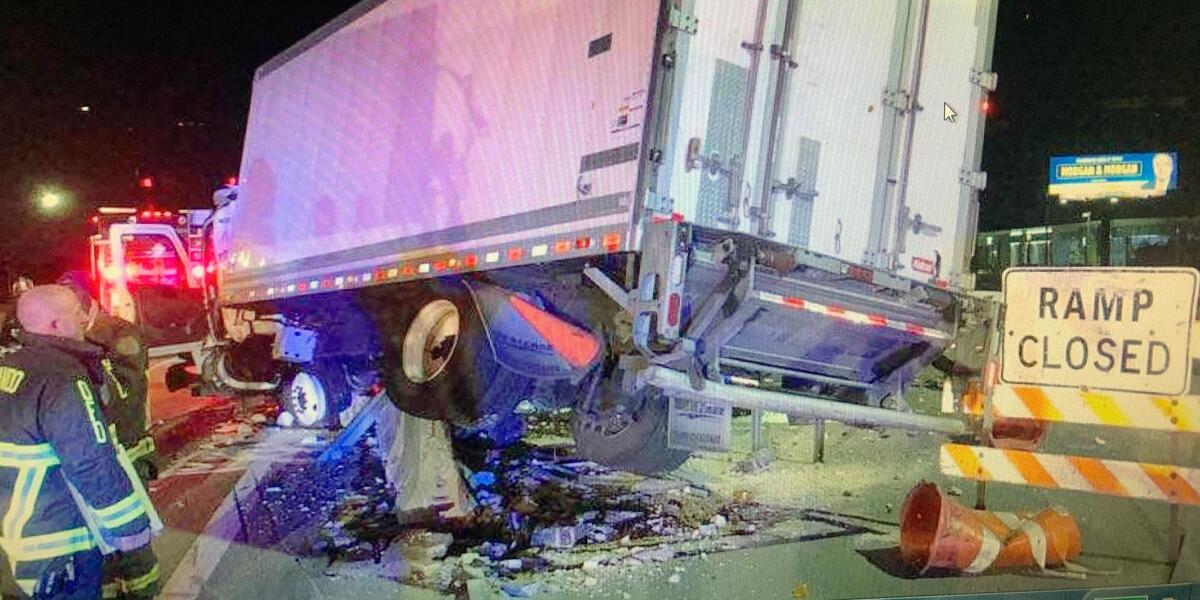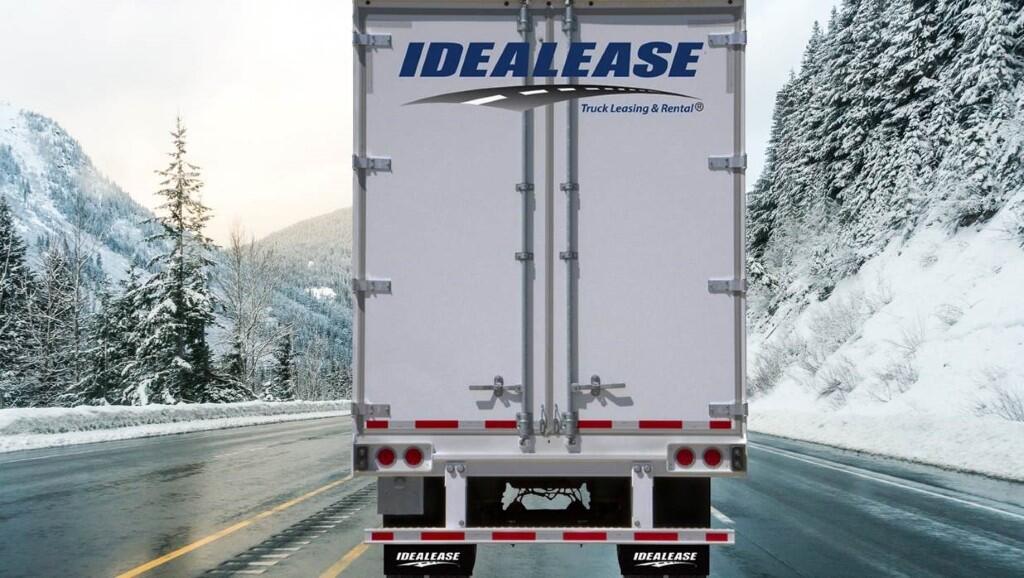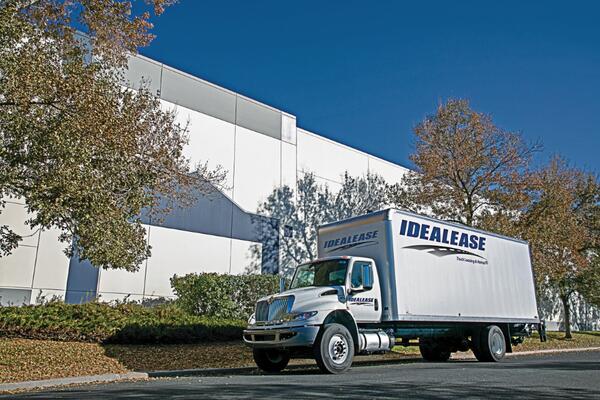A single-vehicle accident is any driving mishap where only one vehicle is involved. This can include veering off the road and hitting a tree, a rollover crash, or damage caused by animals or debris on the road. Bad weather, poor visibility and distracted driving can all be contributing factors, so drivers must be alert when they take the wheel. Advances in technology can be both a positive and a negative when we discuss distracted driving.
Now is a good time to remind your drivers of the following tips:
- Prepare for your trip before you turn the key. Many things can slow you down en route to your destination, so it pays to spend some thoughtful preparation time to help ensure safe travels.
- Check the weather report. If you cross county or state lines, you may experience changes in weather patterns. Be prepared to handle rain, snow or other conditions that may affect your ability to drive.
- Start safely. Get familiar with the vehicle controls and adjust any settings, as needed. These include seat position, mirrors and steering wheel. Also, always keep your seat belt fastened while driving.
- Allow more time to travel. This will reduce your urge to speed up if you are slowed by unpredictable circumstances.
- Turn your headlights on. Not only does it enhance your vision, but it also helps others to see you.
- Stay focused to help avoid distractions. Distracted driving can rob your ability to react quickly. Stay focused on the road, including what you can see in front of you and in your mirrors.
- Prepare for anticipated distractions. Like money for a toll booth, mealtimes, or the need to reach for sunglasses. Refrain from eating, drinking and smoking while driving whenever possible.
- Monitor your surroundings. As you drive, be mindful of lane changes, traffic signs and signals, curves, road work and pedestrians. Seeing a situation develop early will give you more time to react, if necessary.
- Turn off your cell phone. Operating a CMV with a NON-Hands-free cell phone is a federal violation. Even a phone that is
on sitting on the passenger seat can be a distraction as it emits sounds and vibrations distracting the driver’s attention. Approximately five seconds is the average time your eyes are off the road while texting. When traveling at 55 mph, that is like driving the length of a football field blindfolded. - Take a break. If you are feeling drowsy or have a task that cannot wait, pull the vehicle over to a safe spot out of the way of traffic.
- Monitor conditions to reduce the risk of losing control. A safe driver monitors road conditions constantly and is ready to adjust. Knowing how to handle your vehicle in a variety of situations helps reduce the risk that you will be involved in an accident.
- Note how road materials affect traction. Asphalt can be more slippery than concrete or gravel due to its petroleum content, especially when covered with rain or snow.
- Be especially careful on sharp curves and steep inclines. These conditions make vehicle handling more difficult. Also, be wary of the dangers caused by soft shoulders and potholes.
- Slow down. Driving at speeds above the posted limits makes it easier to lose control of your vehicle, harder to recover and robs you of critical reaction time.
- Beware of standing water and wet leaves. Maintaining moderate speeds is especially important in these conditions, as it helps to avoid braking fast and skidding.
- And….Get plenty of Sleep
Protecting the Truck During Cold Weather
1. Diesel supplement should be added to the ultra-low sulfur diesel fuel when temperatures drop below 32 degrees.
2. If you truck is equipped with an engine block heater it should be plugged in when the temperature is below 32 degrees. Trucks that are not utilized should be started and let run every day to bring the unit up to normal operating temperature.
3. Initial start up procedure should be as follows: Complete pre- trip of unit, unplug block heater, turn ignition switch to on, and wait dash lights to stop cycling, start engine, leave engine run until engine operating temperature increases.
4. For trucks equipped with air brakes, drivers should purge air tanks daily. If the unit is equipped with an air drier, bringing the PSI to120 will automatically purge the system.
5. If you are driving in snow, ice, slush, rain, etc., before parking the unit for the day you should lightly apply the brakes while the unit is moving to dry the brake shoes, drums, rotors and pads so the brakes do not freeze while parked.
6. Make sure windshield washer solvent is full and that all windows are 100% clean.
7. Remove any ice-snow build up from steps and grab handles to prevent a slip or fall.
8. Always use the 3-point method of entering and exiting the cab.
9. When parking the unit make sure if heavy snow is forecast that the unit is not left parked in an outside dock or near a building overhang. Snow can drift off the building causing excessive accumulation on the top of the truck or trailer and can cause the roof to collapse.
How to Properly Mark a Commercial Motor Vehicle
A common question I receive from customers is “What size do the letters and numbers need to be on the placard or marking on the side of my commercial vehicle?” Ironically, there is NO size designation by measurement. Keep reading to determine how the Federal Motor Carrier Safety Administration (FMCSA) addresses the marking of a vehicle.
Every self-propelled CMV, as defined in CFR 390.5, greater than 10,000lbs MGVWR must be marked and display the following information:
1. The legal name or a single trade name of the motor carrier operating the self-propelled CMV, as listed on the Form MCSA-1, the URS online application, or the motor carrier identification report (Form MCS-150) and submitted in accordance with §390.201 or §390.19, as appropriate.
2. The motor carrier identification number issued by the FMCSA, preceded by the letters “USDOT”.
3. The City and State of the motor carrier is no longer required to be displayed.
The marking must:
1. Appear on both sides of the self-propelled CMV.
2. Be in letters that contrast sharply in color with the background on which the letters are placed.
3. Be readily legible during daylight hours, from 50 feet (15.24 meters) while the CMV is stationary.
4. Be kept and maintained in a manner that retains the legibility of the above requirements.
Construction and Durability
The marking may be painted on the CMV or may consist of a removable device, if that device meets the identification and legibility requirements above.
Marking of Rented CMVs from Idealease
A motor carrier operating a self-propelled Idealease CMV under a rental agreement having a term not in excess of 30 calendar days meets the requirements of this section if:
• The Idealease CMV is marked in accordance with the provisions of the marking requirements as stated above.
• The legal name or a single trade name of the Idealease location is displayed.
• The Idealease location identification number preceded by the letters “USDOT” is displayed.
• The Idealease rental agreement entered by the Idealease location and the customer renting motor carrier conspicuously contains the following information:
1. The name and complete physical address of the principal place of business of the Idealease customer renting the CMV.
2. The identification number issued the Idealease customer by the FMCSA, preceded by the letters “USDOT,” if the Idealease customer has been issued such a number. In lieu of the identification number required in this paragraph, the following may be shown in the rental agreement:
• Information which indicates whether the Idealease customer is engaged in “interstate” or “intrastate” commerce; and
• Information which indicates whether the Idealease customer is transporting hazardous materials in the Idealease rented CMV;
3. The sentence: “That Idealease cooperates with all Federal, State, and local law enforcement officials nationwide to provide the identity of Idealease customers who operate the Idealease rental CMV”. The rental agreement entered by Idealease and the Idealease customer is carried on the Idealease rental CMV during the full term of the rental agreement.










